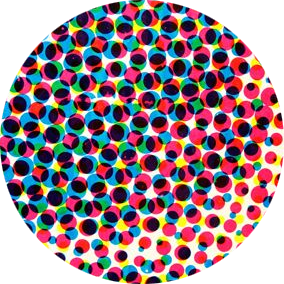Wonder Woman and Representational Politics

Wonder Woman can polarize comics readers regarding her representational politics. Is she a progressive figure of feminine empowerment or a thinly veiled subject of consumption for the male gaze? Can it be both? #wonderwoman 1/10




Trina Robbins–the editor of the landmark Wimmens Comix anthology and one‑time Wonder Woman scribe–writes that “William Moulton Marston provided a safe place for girls in the pages of his comics, away from Man’s World.” 5/10

Yet despite numerous such appreciations of Wonder Woman’s contribution to feminist‑friendly comics, there may be limitations to the positive message conveyed by Wonder Woman, particularly within the context of second and third wave feminisms. 6/10

In contrast to the praise of Robbins and Steinem, Richard Reynolds suggests that Marston’s intentions with the first superheroine were notably less progressive. “The appearance and costume of the original superheroine, Wonder Woman, was developed as…” 7/10

“a frank appeal to male fantasies of sexual domination, as disingenuously set forth by Wonder Woman’s creator, psychologist Dr. William Moulton Marston” (34).” Similar findings have also been supported by the much-cited statistic that WW’s audience has always been mostly male. 8/10

This subject has featured prominently in a wide number of scholarly works on the subject (Lepore, Berlatsky, Darowski, Robbins, Hanley and more) with no discernible critical consensus. The debate – amongst both fans and scholars – continues. 9/10

In 1941 a world-renowned psychiatrist dropped an amazon goddess into the ‘man’s world’ of comics, with both empowerment and subtextual symbols of BDSM – entirely by choice (he’s admitted it) – on his mind. What Diana means to the representation of women has been debated ever since. 10/10
